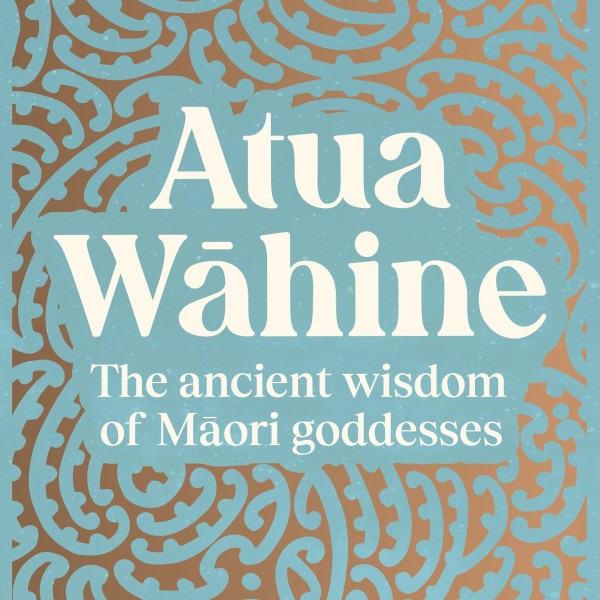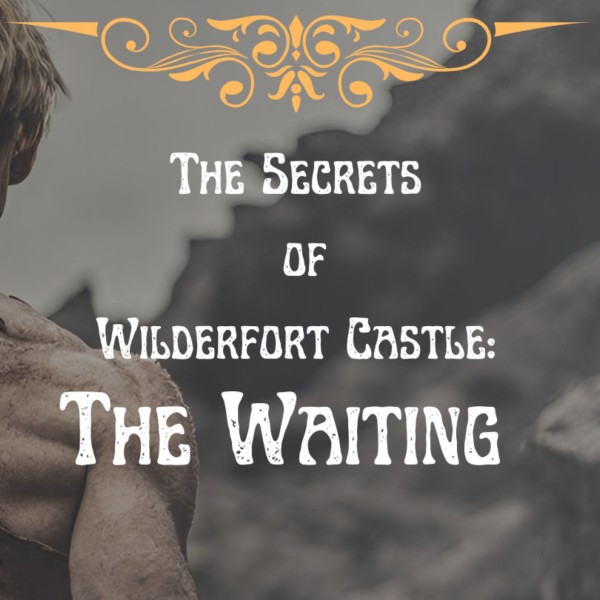
The Royal Free centres on James Ballard, who is freshly reeling from the death of his wife and the responsibilities of being a single dad to baby Fiona. In the background, riots are taking place in the city and the ensuing violence makes it almost seem like World War III could break out.
We follow James as he juggles fatherhood and his job as medical editor at the Royal London Journal of Medicine. We meet the sometimes scary, sometimes eccentric cast of characters he works with daily. For anyone who has ever worked in an office, this is something I bet they can relate to, and as usual, author Carl Shuker uses his medical background to give us an on-the-ground view of what goes on behind the scenes in this kind of workplace.
James is definitely the hero of this story, and I enjoyed his journey as a solo father trying to navigate his way through parenthood. I wish we had focused on him more and less on his job and his colleagues. While I enjoyed reading about his co-workers, who seemed interesting, there were just so many of them that by the end I could not remember who was who. I want to point out that this is more of a ‘me’ problem and not a real critique. I just think there might be too many ‘work’ characters. Fortunately, it is not long before James has a run-in with some of the rioters and things really kick off into high gear (I won’t spoil anything here).
The detail that Shuker puts into his writing is top-notch, and James’ world feels like one that’s alive – not to mention very dangerous. I enjoyed my time with The Royal Free and would thoroughly recommend it. If you are a fan of Carl Shuker’s work, then you will not be disappointed.












